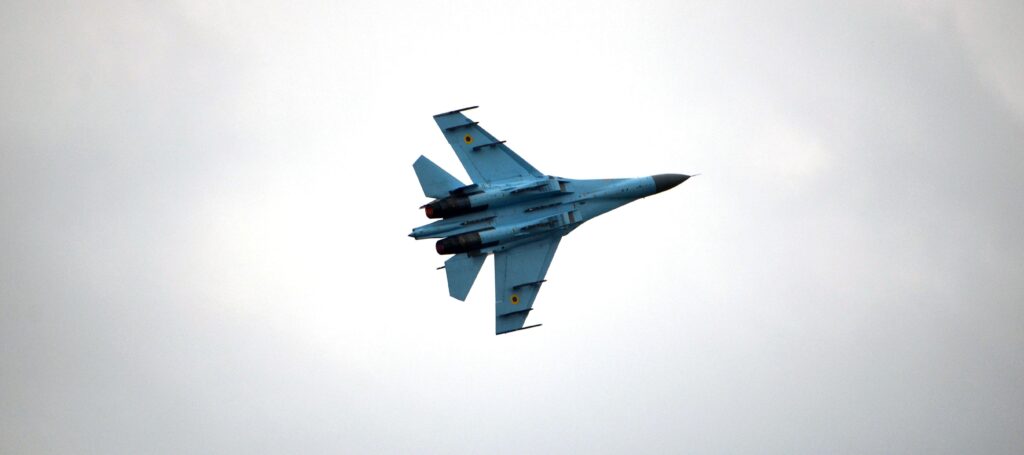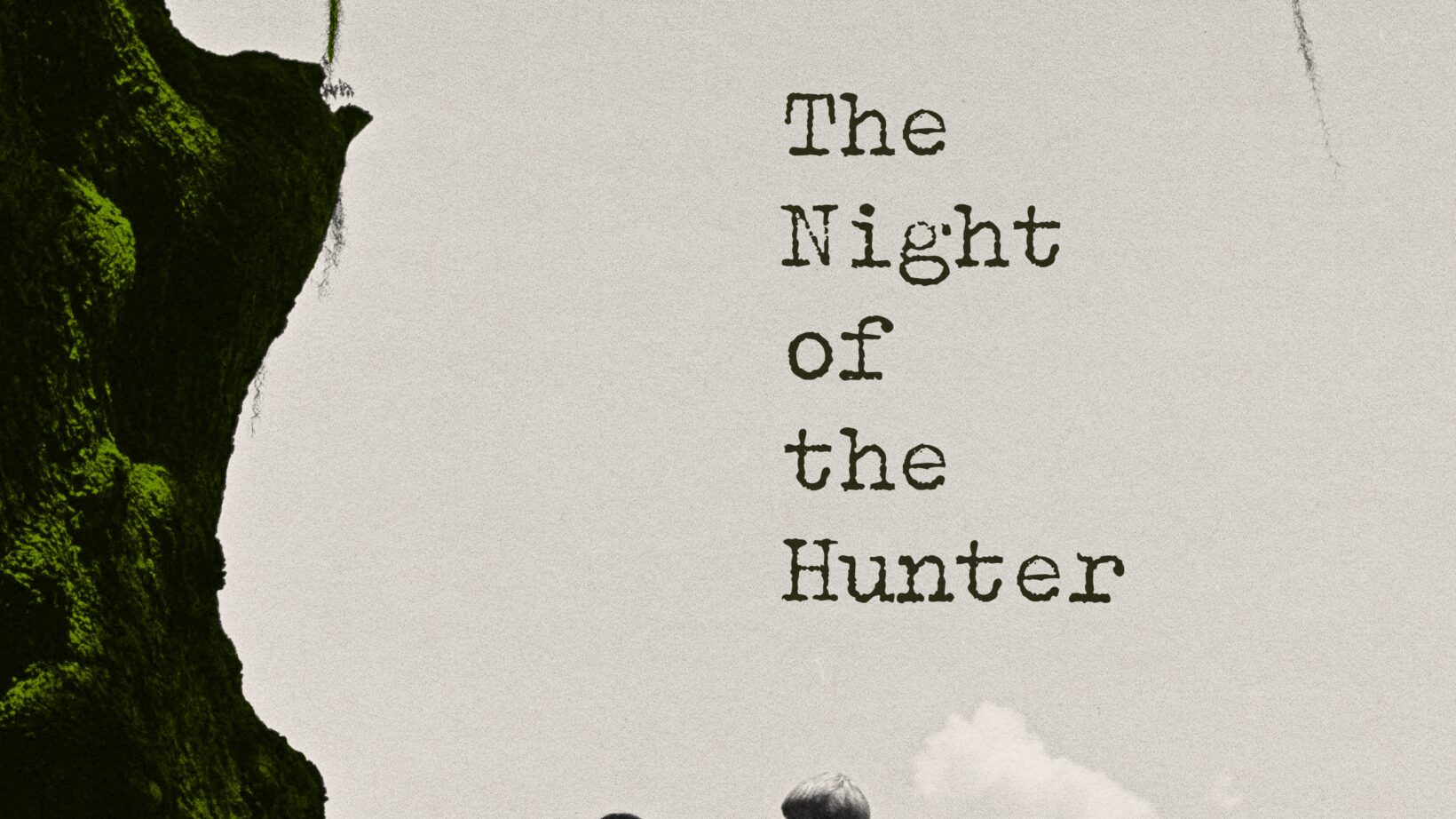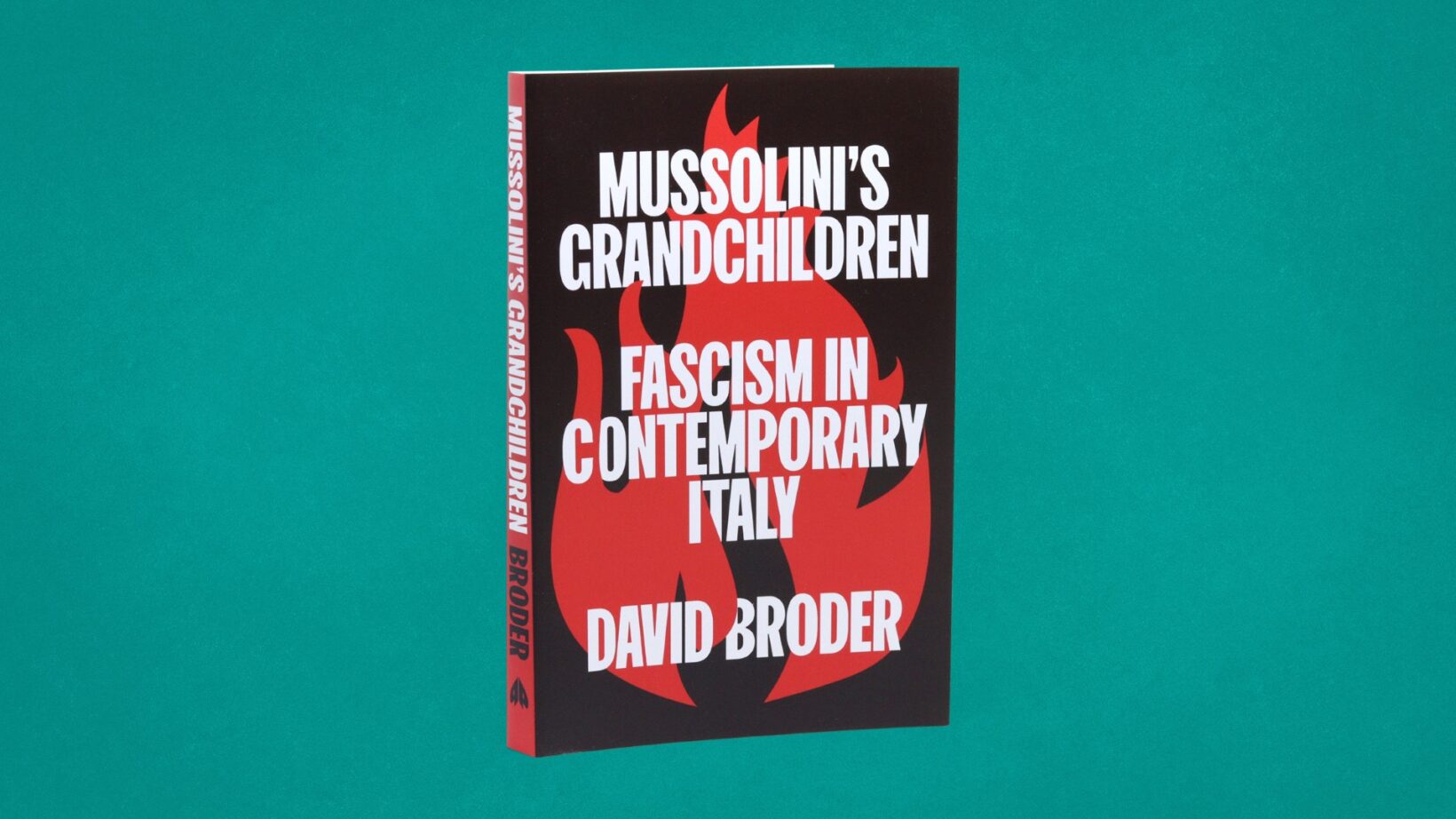From the Ghost of Kyiv to the Battle of Hostomel Airport, the War in Ukraine has already produced several stories of heroic resistance against the Russian invaders. Which ones are true and what purpose do they serve?

Not since the US invasion of Iraq in 2003 has there been such a David & Goliath mismatch as Russia’s invasion of Ukraine, and just as then, it’s been met with universal condemnation. This, in turn, has led to constituencies around the world rooting for Ukraine, which in an age of social media has led to viral clips of Russian aircraft shot down, tanks destroyed or towed by Ukrainian farmers and half-starved conscripts surrendering to the Ukrainian Army. One aspect of this has been a series of Ukrainian heroes whose stories have spread far and wide.
Hours after Russia invaded on 24th February, footage of Ukrainian fighter jets began appearing on social media. Soon the legend of the Ghost of Kyiv was born, a Ukrainian fighter pilot credited with downing six Russian jets. Indeed, the Ghost, a pilot of a MiG-29, even has his own Twitter account, though it’s likely a fan account like others. But does this pilot exist? It’s not entirely clear, though the consensus is he’s likely an urban myth (Ukraine currently has no female fighter pilots, so if the Ghost does exist, he’s a man).
But this wasn’t the only story to warm Ukrainian hearts. Another tale to break in the days following Russia’s invasion was that of Zmiinyi (Snake) Island, which is situated 48 km south of the mainland in the Black Sea. 13 border guards were stationed on the island when a Russian warship approached and ordered their surrender. Despite facing overwhelming firepower, the Ukrainians told the Russians to “Go fuck yourself” and in the ensuing bombardment, were killed. Once again this led to an outpouring of social media posts hailing the men’s sacrifice. Ukrainian President, Volodymyr Zelensky, posthumously awarded the men the title of “Hero of Ukraine” Days later, the Ukrainian Navy announced on its Facebook Page, that while the battle had taken place and the island had been captured, the men were alive and well, albeit now Russian prisoners of war.
Another story which gained traction online was the death of Ukraine’s first female fighter pilot. Illustrated with a picture of a glamourous woman in camouflage, the story claims that Natasha Perakov died of wounds received in battle. But again, this was debunked. The photo was in actual fact that of a Ukrainian servicewoman who won a beauty pageant. Ukraine’s first female fighter pilot is no longer flying but has entered politics.
Other stories appear to have more truth to them. The battle for Hostomel Airport during the first two days of the invasion has achieved legendary status after Russian paratroopers mounted a heliborne assault only to be surrounded by Ukrainian National Guards and defeated. This has been hailed as a great victory by Ukrainian forces and it undoubtedly was. But the Russian strategy was always a risky one and was predicated on the false assumption that Ukraine’s military would crumble within the first forty-eight hours. The airport is near to the capital where large concentrations of Ukrainian forces are based. So, the battle’s result owes as much to Russian tactical failures as plucky Ukrainian success.
Finally, there are verified accounts that encapsulate Ukraine’s heroic fight against the Russian invaders and the almost unimaginable courage shown by individual Ukrainians in a historic struggle against the overwhelming military might fielded by an ethnonationalist authoritarian enemy. Vitaly Skakun Volodymyrovych is one such example. A Ukrainian marine stationed near Crimea, which has been occupied by Russian forces since 2014, he volunteered to set mines on a strategic bridge connecting Russian occupied territory with Ukraine. But as Russian forces raced towards the bridge, he realised he wouldn’t have time to set the fuses. So, he blew the bridge up, sacrificing his life to stall the Russian advance. He was immediately lionised, and his martyrdom reported around the world.
Battle myths are complicated. They are often unverifiable, ideologically biased and their appeal depends heavily on an audience’s loyalties and the media’s narratives surrounding perceived aggressors and victims. Crucially, every side in a conflict creates their own hero narratives which usually remain separate but can sometimes enter each other’s cultural imagination in the form of ‘worthy opponents’. This happened most notably during America’s War on Terror.
In 2005 the Iraq War was two years old and violence was worsening by the day. The insurgency was expanding, and the US and its allies were struggling to contain it. The forces ranged against the coalition included Baath Party and Saddam Hussein loyalists, Shia militia in the south, and various Sunni extremists. Amongst the latter were a range of groups, all competing for recruits. One was al-Qaeda in Iraq (which went on to form the nucleus of ISIS) and which was led by the notorious Abu Musab al-Zarqawi. They specialised in massive suicide bombings and got a lot of publicity. But a smaller group, the Islamic Army in Iraq, was also fighting the Americans and trying to carve out a niche for itself. But how to do this when Zarqawi’s faction was hogging the limelight?
The answer: create an insurgent superhero.
Juba, The Sniper became a folk hero to Iraqis supportive of the insurgency. In a series of videos released over the internet between November 2005 and December 2007, he was shown sighting American soldiers through the crosshairs of his Russian-made Dragunov sniper rifle and then gunning them down. In total, he was credited with 35 kills. Such an impact did he make that he inspired a comic by the Brazilian cartoonist, Carlos Latuff, and formed the basis for the antagonist in two Hollywood blockbusters – 2014’s American Sniper (the Clint Eastward directed biopic of controversial US Navy Seal sniper Chris Kyle, and the highest-grossing war film of all time, breaking the record set by Saving Private Ryan) and 2017’s The Wall.
But who was Juba? Did he even exist? There’s much debate, and he disappeared after 2008. Certainly, no further videos surfaced after that date. Some have speculated he was killed in action by US or Iraqi forces. Others have suggested he was murdered by ISIS. But the most likely option is he didn’t exist at all, that he was a propaganda device, his videos a compilation of shootings by a number of snipers. This appears to have been the conclusion the US military eventually reached, with one US Army captain quoted as saying, “Juba the Sniper? He’s a product of the U.S. military. We’ve built up this myth ourselves.” Consequently, Juba figured prominently in America’s own battle myth created around Chris Kyle who became an archetypical representative of an operator cult fabricated by Hollywood during the later Bush and early Obama years that celebrates the lone special forces ranger who rises above the grim reality of the battlefield that the GI grunt has to endure and which was a cultural derivative of the early stages of America’s War on Terror (Black Hawk Down/Jarhead).
Similarly, the Second World War also threw up a legendary sniper who was soon mythified. Vasily Zaytsev, a Soviet army sniper played by Jude Law in Enemy at the Gates, the Hollywood biopic of his exploits, is said to have killed more than 200 Germans in the battle of Stalingrad. But he’s most famous for duelling with a German sniper, “Major König” (Major King), played by Ed Harris in the movie. König was supposedly the head of the German army sniper training school, and according to legend, he was sent by the German high command to take out the troublesome Zaytsev. But after an epic game of cat and mouse, it was the Russian who came out the victor. However, this aspect of the story is almost certainly fake. Because according to a British historian, Frank Ellis, who researched the story, there is no record of a Major König ever having existed, while the German army didn’t have a sniper school in 1942/43 when the battle of Stalingrad was fought. It’s important to note it wasn’t Hollywood which invented the duel between Zaytsev and König, but the combatants themselves. Zaytsev wrote about it in his biography, which was almost certainly written under the guidance of the Soviet establishment. Zaytsev was definitely a sniper, and in his biography, he provides dates for other events. But curiously Ellis notes that he’s vague when writing about the timeline of his duel with König.
Fast forward to 2022 and Russia’s invasion of Ukraine and there’s a sense of déjà vu, albeit on steroids. Because social media has come on since even the US invasion of 2003. Twitter, arguably the most influential social media platform at the current time, wasn’t launched for a further three years. While TikTok was likely not even conceived, as it only launched in 2016. And TikTok in particular, matters. Such is its dominance in the information war, that the New Yorker has christened the conflict the world’s first TikTok war. Many have expressed concern at the platform’s magnification of fake news and disinformation.
Others have welcomed these stories, whatever their veracity and point to their utility in boosting morale. In a conflict that is dominated by images of killed civilians, shelled cities, tractors towing tanks and burnt-out military vehicles, Ukraine’s battle myths capture the essence of the conflict in striking accounts of resistance which will be able to anchor the war in the nation’s collective memory by remembering the sacrifices made by individual Ukrainians in their fight for independence and freedom from Putin’s Neo-Soviet Imperialism.
A journalist and author, James worked for over 10 years in Current Affairs television and documentaries, researching and producing films for Channel 4 Dispatches, PBS Television and National Geographic.





